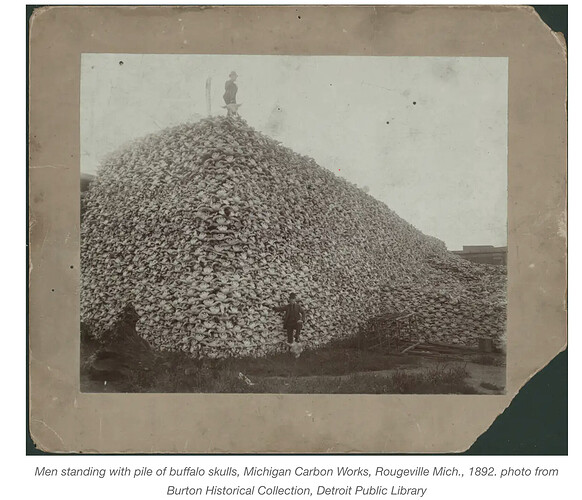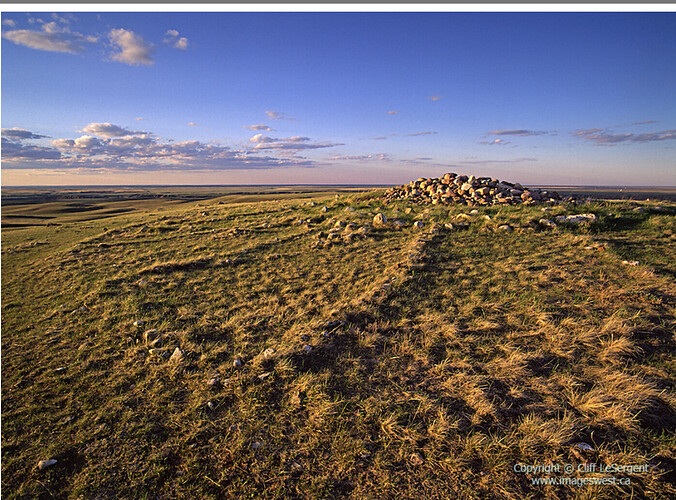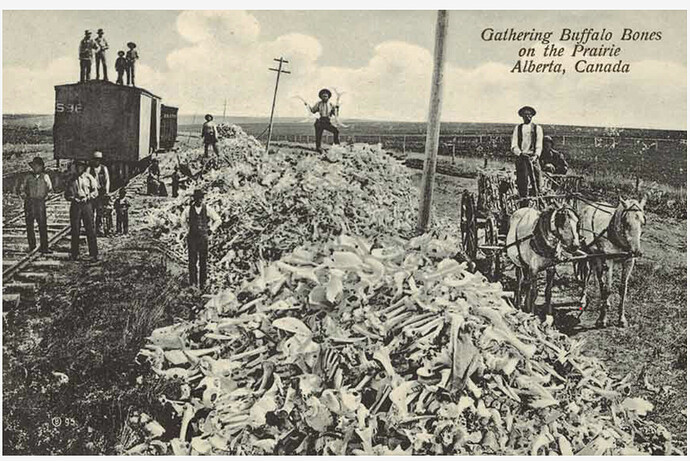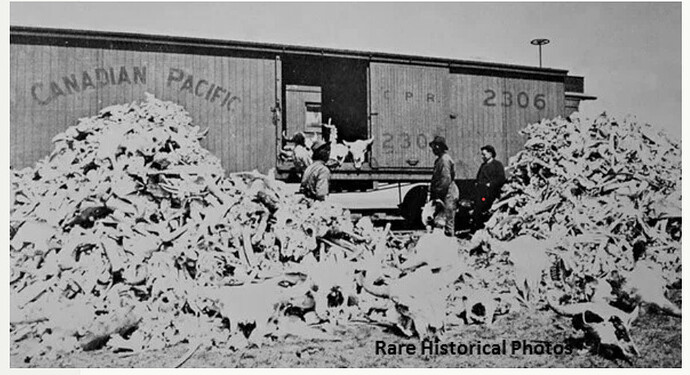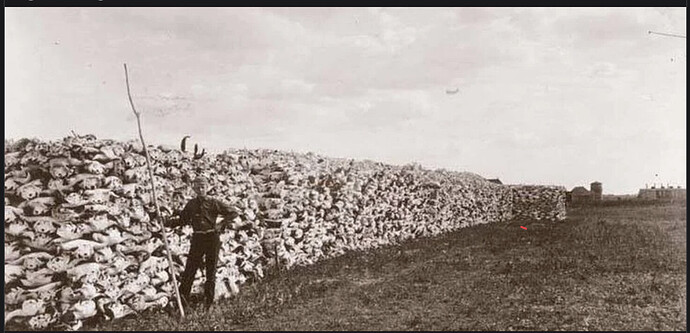gerald ford might have had CTE?
Herschel Walker?? He can’t beat Warnock I mean there’s just no way. Right?

This is obviously a bazillion times more your area of expertise than mine. I’m just repeating what I read in 1491.
According to the naturalist Ernest Thompson Seton, North America at the time of Columbus was home to sixty million bison, thirty to forty million pronghorns, ten million elk, ten million mule deer, and as many as two million mountain sheep. Sixty million bison! The imagination shrinks from imagining it. Bison can run for hours at thirty miles per hour and use their massive, horned skulls like battering rams. Mature animals weigh up to a ton. Sixty million of them would have been more than sixty billion pounds of grouchy, fast-moving mammal pounding the plains.
Seton made his estimate in 1929, and it is still widely quoted today. Ecologists have since employed more sophisticated theoretical tools to produce new, lower population estimates; ethologist Dale Lott put the number of bison in “primitive America” at twenty-four to twenty-seven million in 2002. Nonetheless, most continue to accept Seton’s basic thesis: the Americas seen by the first colonists were a wildland of thundering herds and forests with sky-high trees and lakes aswarm with fish. Increasingly, though, archaeologists demand a caveat. The Americas seen by the first colonists were teeming with game, they say. But the continents had not been that way for long. Indeed, this Edenic world was largely an inadvertent European creation.
At the time of Columbus the Western Hemisphere had been thoroughly painted with the human brush. Agriculture occurred in as much as two-thirds of what is now the continental United States, with large swathes of the Southwest terraced and irrigated. Among the maize fields in the Midwest and Southeast, mounds by the thousand stippled the land. The forests of the eastern seaboard had been peeled back from the coasts, which were now lined with farms. Salmon nets stretched across almost every ocean-bound stream in the Northwest. And almost everywhere there was Indian fire.
South of the Río Grande, Indians had converted the Mexican basin and Yucatán into artificial environments suitable for farming. Terraces and canals and stony highways lined the western face of the Andes. Raised fields and causeways covered the Beni. Agriculture reached down into Argentina and central Chile. Indians had converted perhaps a quarter of the vast Amazon forest into farms and agricultural forests and the once-forested Andes to grass and brush (the Inka, worried about fuel supply, were planting tree farms).
All of this had implications for animal populations. As Cahokia grew, Woods told me, so did its maize fields. For obvious reasons its farmers did not relish the prospect of buffalo herds trampling through their fields. Nor did they want deer, moose, or passenger pigeons eating the maize. They hunted them until they were scarce around their homes. At the same time, they tried to encourage these species to grow in number farther away, where they would be useful. “The net result was to keep that kind of animal at arm’s length,” Woods told me. “The total number of bison, say, seems to have gone down quite a bit, but they wanted to have them available for hunting in the prairie a couple days’ journey away.”
When disease swept Indians from the land, this entire ecological ancien régime collapsed. Hernando De Soto’s expedition staggered through the Southeast for four years in the early sixteenth century and saw hordes of people but apparently didn’t see a single bison. (No account describes them, and it seems unlikely that chroniclers would have failed to mention sighting such an extraordinary beast.) More than a century later the French explorer La Salle canoed down the Mississippi. Where De Soto had found prosperous cities La Salle encountered “a solitude unrelieved by the faintest trace of man,” wrote the nineteenth-century historian Francis Parkman. Everywhere the French encountered bison, “grazing in herds on the great prairies which then bordered the river.” When Indians died, the shaggy creatures vastly extended both their range and numbers, according to Valerius Geist, a bison researcher at the University of Calgary. “The post-Columbian abundance of bison,” in his view, was largely due to “Eurasian diseases that decreased [Indian] hunting.” The massive, thundering herds were pathological, something that the land had not seen before and was unlikely to see again.
And apparently no time to research stuff because they are too busy living life, so they just pass along any dumb thing they are fed.
In Georgia? If I lived there I would vote for him just because of his college football career and I think he is a right wing lunatic.
afaik the whole plains ‘indian’ culture didn’t exist before europeans both brought horses and pushed those peoples west from like indiana, ohio etc.
I have actually worked with Valerius on this issue.
This snippet is generally correct but two things are important. Bison range had expanded for sure due to agriculture but the overall population has declined significantly. For example, several of the first Europeans to see the west document herds that took days to pass, not hours, but days. It’s also important to be clear on when we are talking about. The story is much different in 1300 and 1800.
I did my my PhD work on what is called the parkland region which is a huge swath of aspen that separates the prairie from the boreal forest. I did pollen studies to demonstrate that it didn’t exist before Europeans. The extirpation of bison and fire control allowed aspen to move on the prairie where prehistorically millions of bison would have eaten the young shoots and fire would have kept it back.
The decline of bison in the 19th century was largely European hunting massively increased by the railroad, military and commercial incentives and habitat loss as agriculture increased.
This famous photo shows the scale of the hunting.
This is not at all correct. If you mean the iconic horse riding gun wielding people of movies you are correct. However, plains indigenous culture goes back 11,000 years. There is no period in that 11,000 years when people didn’t live all over the Great Plains.
Here is one of my favorite places on earth. It’s called majorville medicine wheel. Plains people built it rock by rock over 5,500 years by adding one or two rocks a year as offering. It’s in Alberta.
1491/1493 a great pair of books. Highly recommend. Chinese demand for silver led to some horrific abuses in Peru. Yeah global economy.
GOP House leader Kevin McCarthy using a whole bunch of words over several examples during an interview to carefully explain to everyone that he is one of the most immense all-around cowards anyone is ever likely to meet.
How does any supposed true blooded USA patriot ever vote for such a shit-sniveling yellow belly…?
I’m just asking questions.
This asshole is gonna get people killed.
https://mobile.twitter.com/justinbaragona/status/1386837979453399049
He already has!
This is just more.
People need to stop resetting to zero all the time.
Ref: see GWB.
I’m assuming those skulls are likely arranged on a hillside, not an actual pile of skulls on flat ground.
Possibly fake news certainly existed then (esp for braggadocio hunters I would assume).
My only evidence is that they’re virtually all outward facing skulls, ie placed, and not an actual heap tumbled haphazardly. Oh, plus, who would actually do the extra climbing & lifting work to make a heap instead of layin them out flat to seem more impressive of their hunting skills.
Even so it’s still a shitload. I’d guesstimate at least 15,000 skulls visible.
The bones were actually collected for making into fertilizer. In fact, most of the major Buffalo jumps were looted at the time too as it was easier to steal archaeological bone than kill live bison.
Here are a few more photos.
Cool (as in historical etc, not cool because old people killed lots of big furry animals obv). Didn’t know that was an industry.
I see the hip and leg bones etc (first 2 pics). obv still skeptical of any heap sizes of placed skulls (3rd pic), but I’ll go ahead and make an easy assumption that you guys were well ahead of me on picking that up.
If not I want co-authorship on your next paper…!
It’s not really just a preference thing, the incoming sense data is different, much like non colour blind people detect extra information than colour blind people do. And of course taste preferences are plastic to some extent but there are limits. I am not aware of any culture where soapy flavours are considered anything other than unpleasant.

